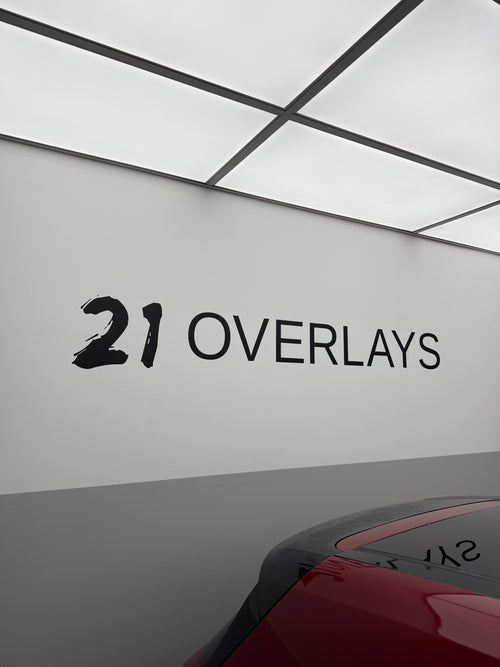STEP 1: Prep the Surface
Wash the vehicle thoroughly to remove dirt and debris. Decontaminate the surface with a clay bar or clay mitt. Dry the area completely using clean microfibre towels. Wipe down the panel with isopropyl alcohol to remove any remaining oils or residues. Ensure workspace is clean, well-lit, and free of dust or wind.
STEP 2: Mix Your Solutions
Slip Solution: Fill a spray bottle with water and add a few drops of baby shampoo or slip agent. This helps position the film.
Tack Solution: In a separate bottle, mix water with 20–30% isopropyl alcohol. This helps the film stick when you're ready to secure it.
STEP 3: Position the Film
Spray both the panel and your hands with slip solution to prevent fingerprints and premature sticking. Peel the film from the backing and generously spray the adhesive side with slip solution. Place the film on the panel, sliding it into position as needed.
STEP 4: Tacking & Squeegeeing
Once aligned, spray tack solution under one edge or corner to lock it in place. Begin squeegeeing from the tack point outward, using overlapping strokes to push out water and air. Use slip solution on top of the film to reduce friction on the squeegee.
STEP 5: Finishing Touches
Double-check for bubbles or moisture under the film — push these out carefully. Use heat to set the film edges and ensure proper adhesion. Allow the film to cure for 24–48 hours before washing or exposing to harsh elements.



